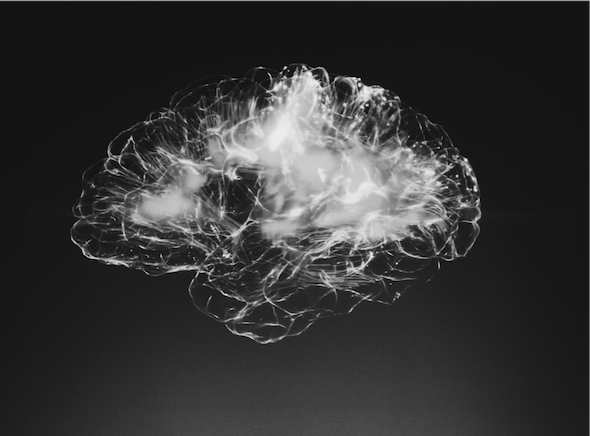Innovative Sensor May Detect Brain Degeneration Early
Neurodegenerative diseases can be life-altering. Conditions such as Alzheimer's and Parkinson's result from the gradual deterioration of neural tissue and affect how the central nervous system operates. Unfortunately, by the time these conditions appear, the damage is irreversible.
For these reasons, early detection of Alzheimer's, Parkinson's, and other neurodegenerative diseases is key to learning how to prevent their progression. Unfortunately, researchers don't yet have a complete picture of how these diseases form. As a result, the medical community has limited access to preventive tools that could help stop them. Recent research at the University of New Mexico has provided information to help close this gap.
Proteins Found in the Brain
When it comes to understanding neurodegenerative diseases, researchers must understand the tau proteins that make up the neurons of the brain. While proteins throughout the body are all made up of the same amino acid building blocks, their structure and function are dependent on how these building blocks are arranged. The particular order of the amino acids determines how each interacts with others surrounding it as well as how the proteins fold to achieve their final structure.
Protein folding determines which portions of the protein interact with others to carry out the protein's essential function within the neuron. However, under certain conditions or as a result of an error within the protein itself, proteins can unfold and lose their functionality. Worse, these unfolded or misfolded proteins can aggregate within neural tissue. These aggregations and the resulting protein fragments have been linked to the onset and progression of neurodegenerative diseases.
New Discoveries
While it's clear that these aggregations and plaques are in some way involved in the manifestation of neurodegenerative diseases, relatively little is known regarding how they spread. Since neurodegenerative diseases are not infectious, the ways in which the initial unfolded and misfolded proteins recruit other, healthy proteins to form aggregations could reveal the mechanisms of the diseases themselves. In an effort to understand more about how this occurs, Professor Eva Chi of the University of New Mexico's Department of Chemical and Biological Engineering is applying a new method of observation to protein aggregation.
There are currently no imaging procedures for proteins in the brain. Dr. Chi is seeking to develop a new class of biosensors designed to detect, image, and track the presence and development of these protein aggregates. The team has developed a biosensor known as Oligo (p-phenylene ethynylene) electrolytes, or OPEs. Using test tube samples that include chemically treated protein aggregates, Dr. Chi and her team introduce OPEs, which find and interact with the aggregates in the sample, lighting up in the process.
Future Possibilities
As the complexity of neurodegenerative diseases begins to unravel, it is clearer than ever that studying proteins may be the key to a cure. In the future, researchers hope to use OPEs to identify and track changes in proteins, thus isolating the mechanisms by which the disease progresses. As technology advances, OPEs and other sensors may eventually be used to provide treatment for aggregations and slow or halt the progress of neurodegenerative diseases. With these discoveries, Dr. Chi's work joins an ever-growing body of research providing hope to millions of neurodegenerative disease patients and their families.
Sources:
See Now: NASA's Juno Spacecraft's Rendezvous With Jupiter's Mammoth Cyclone
* This is a contributed article and this content does not necessarily represent the views of scienceworldreport.com





Join the Conversation